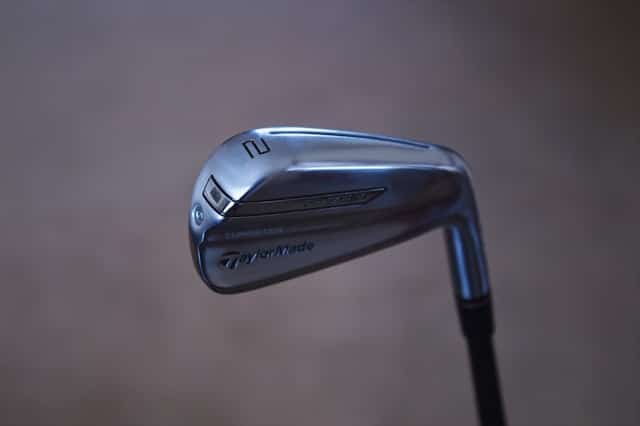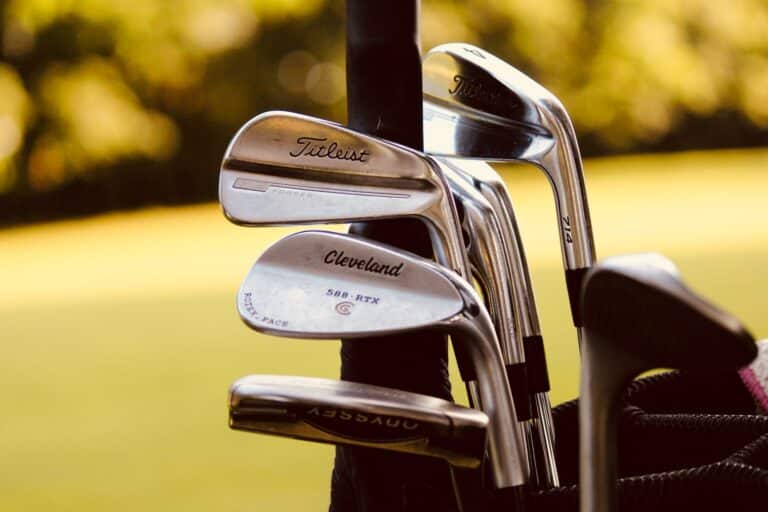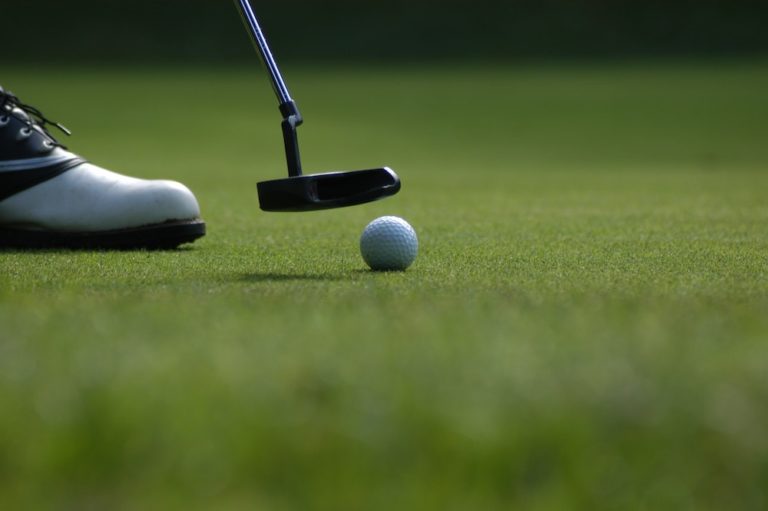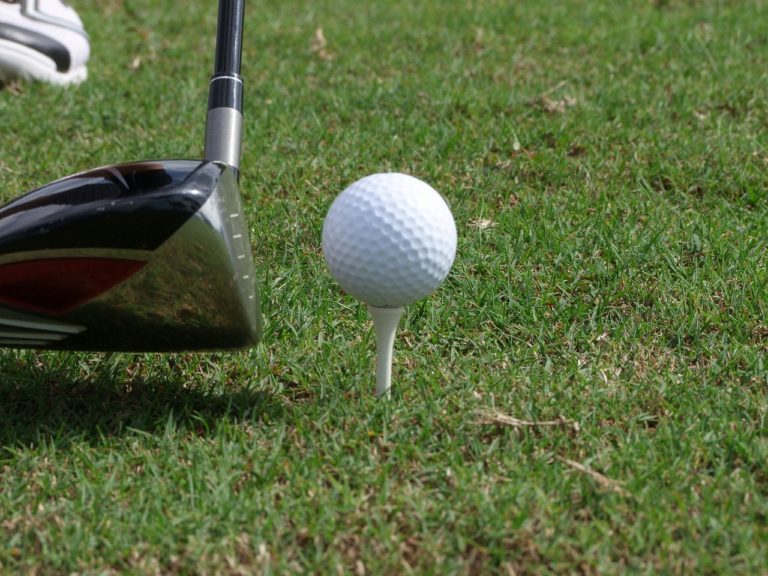Regripping your golf clubs is a crucial aspect of maintaining your equipment and enhancing your performance on the course. Over time, golf grips may wear down, lose their tackiness, or even get damaged, leading to less control and stability during your swing.
This article will provide you with step-by-step instructions on how to regrip golf clubs, enabling you to play your best game by ensuring your clubs are in top condition.
When to Regrip Your Golf Clubs
Knowing when to regrip your golf clubs is essential to maintaining optimal performance. Generally, regripping once every year or every 40 rounds of golf, whichever comes first, is advisable. However, individual circumstances and usage patterns can affect this timeline.
Visible signs of wear, such as cracking, hardening, fading, or shiny patches, are clear indicators that it’s time for a change. If the golf club grips feel slick or they’re losing their tackiness, even after cleaning, you should consider regripping.
Lastly, if you find your hands slipping or you’re using excessive grip pressure, causing discomfort or blisters, these are signs that your golf club grips need replacing.
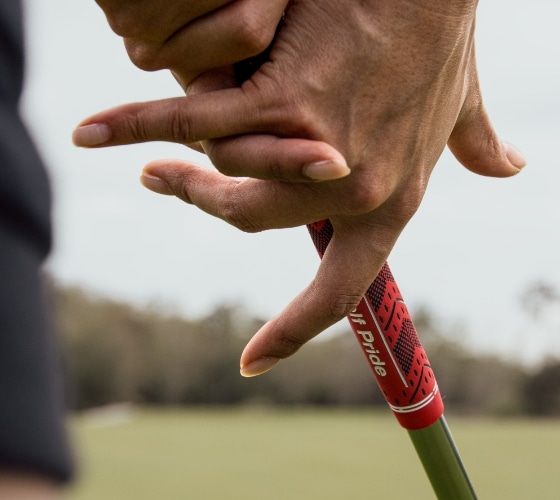
Photo Credit – Golf Pride
Materials Needed for Regripping
You’ll need several specific materials and tools to regrip your golf clubs successfully. Here is the list of what you would require:
New Golf Grips
Choose grips that suit your preference for comfort, control, and size. They come in various materials like rubber, corded, and wrap styles.
Grip Tape
Grip tape is typically double-sided tape that helps secure the new grip on the golf club shaft. It’s usually included when you purchase grips but is also available separately.
Grip Solvent
Grip solvent helps activate the adhesive on the grip tape and makes the grip easier to slide onto the club. You can use specialized solvents or lighter fluid as an alternative.
Hook Blade or Straight Blade Utility Knife
This is used to remove the old grip and grip tape from your club. Be careful when using this tool.
Vise & Rubber Vise Clamp
A vise can securely hold your club during the regripping process. A rubber clamp ensures your golf club isn’t damaged in the process.
Towel and Bucket
These are used to catch any dripping solvent during the regripping process.
Make sure to gather all these materials before starting to ensure a smooth and successful regripping process.
Step-by-Step Guide for How to Regrip Golf Clubs
Now that you know when you need to regrip your clubs and the supplies and tools you’ll need, let’s talk about exactly how to regrip golf clubs.
Removing the Old Grip
- Secure the Club: Place your golf club securely in the vice with the grip end up. The rubber vise clamp should be around the shaft to avoid any damage. Tighten the vise so the club is held firmly but not excessively squeezed.
- Cut the Old Grip: Carefully slice through the old grip using your hook blade or utility knife. Start at the end of the grip, nearest the club head, and cut upward towards the end. Do this slowly and gently to avoid scratching your club shaft (especially if you have graphite shafts).
- Peel off the Grip: Once you’ve sliced through the grip, it should peel off fairly easily. If it’s stubborn, you may need to make another cut or manually remove it using pliers.
- Remove the Old Tape: After removing the grip, you’ll see the old grip tape underneath. This needs to be removed as well. Start peeling it off from one end; if it’s proving to be difficult, you can use your utility knife to get it started.
- Clean the Shaft: Once all the old tape is removed, some adhesive residue may be left on the shaft. Use grip solvent and a rough cloth or towel to clean the shaft thoroughly. This will ensure the new grip adheres properly.
Make sure to do each step carefully and patiently to prevent any damage to your club.
Also Read: How to Grip a Putter
Preparing the Golf Club for the New Grip
Now that your old grips are off, it’s time to prepare your golf clubs for new grips.
- Measure and Apply New Tape: Start by measuring an equivalent length of the new grip on the shaft. Apply the double-sided grip tape along this length. The tape should overhang at the top end of the shaft, about a half inch. If you want the grips a little thicker, you can apply a little extra tape.
- Wrap the Tape: Now, peel off the backing to reveal the sticky side of the tape. Starting from the top, wrap the tape around the shaft, making sure it’s smooth and crease-free. Remember, the sticky side should be facing outwards.
- Seal the Shaft: Next, take the overhanging piece of tape at the top of the shaft and push it into the opening of the shaft. This helps to seal the shaft and prevent any solvent from getting inside.
- Apply Solvent: Dampen the tape generously with solvent. Make sure the entire length of the tape is covered. The solvent activates the adhesive on the tape, making it easier to slide the new grip onto the shaft.
Remember to prep your working area with the bucket and towel underneath to catch any excess solvent. With these steps, your club is now ready for its new grip.
Installing the New Grip
- Position the Grip: Take your new grip and cover the open end with your fingers. Pour some solvent into the grip, covering all internal sides. Make sure to plug the hole at the end with your palm or finger to prevent the solvent from escaping.
- Align the Grip: With the club still securely held in the vise, align the grip with the clubhead. Ensure the grip’s patterns or logos are lined up the way you want them.
- Slide on the Grip: Now, quickly (but carefully) slide the grip onto the shaft. The solvent should make the grip slip onto the shaft more easily. Make sure to push it on until it hits the butt end of the shaft.
- Adjust the Grip: Once the grip is on, you have about a minute to adjust its alignment. Inspect it carefully and make any necessary adjustments before the solvent dries.
- Let it Dry: After ensuring the grip is correctly aligned, leave the club to dry. It usually takes around an hour for the solvent to evaporate completely and for the grip to firmly adhere to the shaft.
- Repeat the Process: Repeat this process for each club that needs regripping. Remember to take your time with each club to ensure a proper fit and alignment.
Read More: How to Put Backspin on a Golf Ball
Caring for Your New Grip
To extend the longevity of your newly installed golf grip, certain maintenance measures are integral.
Regular Cleaning
Clean your grips regularly to keep them in top condition. Mild soap and warm water will suffice, using a brush with soft bristles to scrub the grip gently. This helps to remove any dirt or sweat that may have accumulated, restoring the grip’s tackiness.
Avoid Sun Exposure
Extended exposure to the sun can cause your grips to dry out and harden, significantly shortening their lifespan. Store your clubs indoors or in a shaded area when not in use.
Proper Storage
Store your clubs in a cool, dry place. Damp conditions can lead to the grip losing its tackiness, and extreme temperatures can shorten its lifespan.
Grip Inspection
Regularly check your grips for any signs of wear and tear, such as hardening, cracks, or shininess. Early detection of these signs can help you to replace your grips in a timely manner, avoiding any impact on your performance.
By adhering to these tips, you can extend the life of your golf grips, ensuring a consistent and exceptional golfing experience.
The Bottom Line
Regripping your golf clubs can significantly enhance your performance on the course. A well-maintained grip provides a solid connection between your hands and the club, allowing for precise control and better shot-making.
While the process might seem daunting at first, with practice, patience, and the right tools, you’ll find it an achievable and rewarding skill to learn.
Frequently Asked Questions
What can I use instead of golf grip solvent?
In the absence of golf grip solvent, you can use alternatives that are often readily available. Household products such as dish soap mixed with water or rubbing alcohol can be used to activate the adhesive on the grip tape. However, please ensure to check with the manufacturer of your grips before using any alternative solvents, as they may void any warranty and potentially damage the grips.
It is also important to note that these alternatives may not work as effectively as golf grip solvents. Always take care when applying any alternative solvents and ensure your work area is well-ventilated.
Can you leave the old grip on when regripping golf clubs?
Technically, you can leave the old grips on when regripping golf clubs. However, this is generally not recommended. Over time, the grip underneath may become uneven or may have hardened areas due to wear and tear, which can affect the feel and performance of the new grip.
Additionally, the added thickness from the old grip can alter the size of the new grip, potentially impacting your swing mechanics. Therefore, removing the old grip entirely before installing a new one is best to ensure optimal performance.
How many wraps of tape should I use when regripping golf clubs?
The number of tape wraps you should use when regripping golf clubs largely depends on your personal preference and the feel you want to achieve. Typically, one layer of double-sided grip tape is sufficient for most golfers. However, if you have larger hands or prefer a thicker grip, you may choose to add additional layers of tape. Each additional wrap of tape will slightly increase the thickness of the grip. Experimenting with different numbers of wraps is advisable to find what works best for you.
How long after regripping can you play?
Once you’ve completed the regripping process, letting the clubs dry for a certain period before usage is prudent. The recommended wait time can vary depending on the type of solvent used. However, a general rule of thumb is to allow at least an hour for the solvent to evaporate completely and for the grip to adhere to the shaft firmly. For best results, many golfers prefer to wait up to 24 hours after regripping before using their clubs for a round of golf.
Sean’s parents first put a golf club in his hands at the age of 8. He immediately fell in love with the game of golf. Today he’s passing on that love to his own kids.



